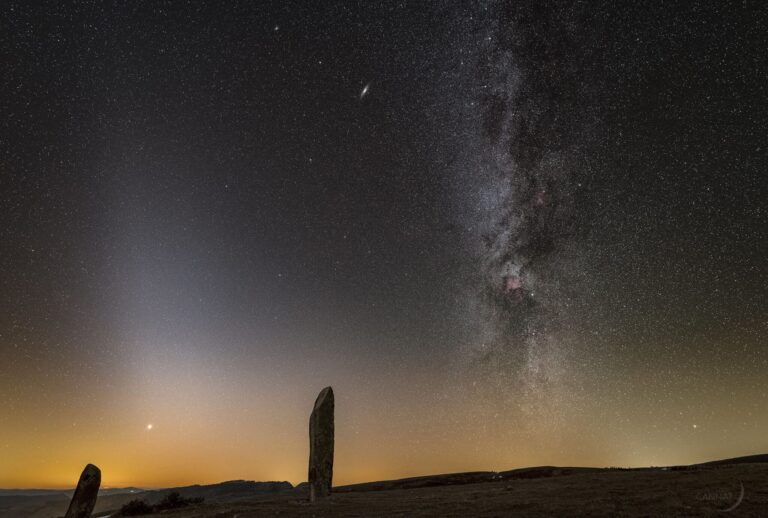Does the sun move through space?
Yes, the sun – in fact our entire solar system – orbits around the center of the Milky Way. We move at an average speed of 828,000 km/h. But even at this high speed, it still takes us about 230 million years to completely orbit the Milky Way! The Milky Way is a spiral galaxy.
What if the sun was red?
Even if Earth survived the Consumption, its new proximity to the intense heat of this red sun would burn our planet, making it completely impossible for life to survive. However, astronomers have determined that as the Sun expands, the planet’s orbit is also likely to change.
What color would plants be if the sun were blue?
Around stars hotter and bluer than our Sun, plants would tend to absorb blue light and could appear green to yellow to red. Planets around cooler stars like red dwarfs receive less visible light, so plants may try to absorb as much as possible, making them black. Green aliens are so outdated.
Can a sun be blue?
Although the Sun may appear yellow or reddish to the naked eye, it is actually an ordinary white star. And the blue version released by NASA was made using a specific wavelength of ultraviolet light known as CaK, emitted by ionized calcium in the sun’s atmosphere.
Are there purple suns?
Although you can see many colors of stars in the night sky, purple and green stars are not visible due to the way humans perceive visible light.
Is there a purple star?
There are green and purple stars. The color of stars depends on their temperature, and they emit radiation across the entire visible spectrum.
Is the Sun an exploding star?
The Sun is a star, and when a star explodes, it is called a supernova. These types of explosions are very bright and very powerful. They release a lot of dust into space that is used to make more stars and planets. Our solar system was made from materials from these explosions.
What is left when a star dies?
Stars die because they run out of nuclear fuel. Once the fuel is used up, the star collapses and the outer layers explode in a “supernova.” What is left after a supernova explosion is a “neutron star” – the collapsed core of the star – or, if there is enough mass, a black hole.
What keeps the Sun burning?
The Sun becomes so hot from its nuclear fusion that it glows and emits light like a piece of metal glows red when heated. There are two main forces at work in nuclear fusion: the electromagnetic force and the strong nuclear force.
